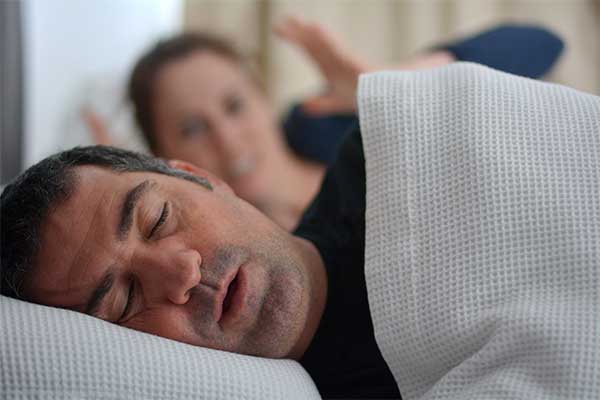Sleep apnoea is a serious condition resulting in excessive daytime sleepiness which can affect concentration, increases the risk of high blood pressure, stroke and heart disease.
More recently some proponents of myofunctional therapy have suggested that extractions can cause sleep apnoea. They state that extractions must reduce the jaw size and therefore the tongue space, this forces the tongue back, compromising the airway. This sounds possible in theory but what is the evidence?
So how do teeth extractions help patients?
It has been claimed that extractions narrow the jaws. Arch dimensions depend upon the points from which you measure them. If you measure the distance between the upper molars before and after closing premolar/bicuspid extraction spaces, then the distance between them does get smaller so it seems the jaw has become narrower. As extraction spaces are closed, the molars move forward while the canines move back. But the actual arch itself has not necessarily narrowed, in fact it often has widened depending upon the mechanics and arch form used by the treating orthodontist.
What happens when teeth get extracted?
Depending upon the reason for extractions the front teeth may or may not move back. However, if the front teeth have been retracted back (to reduce protrusion) then there is potentially less space for the tongue.
Studies looking at patients with protrusive upper and lower teeth requiring extraction of four teeth have varied in their findings. There are a number of limitations to these studies as some use imaging systems which only evaluate in 2-dimensions, the subjects are upright and not lying down as we do when asleep, and none assess the dynamic changes in the airway with function even if in 3D. Two studies in American and Arabic subjects found no change in the upper airway as did a third study. However, three other studies in Oriental and Indian subjects did find a reduction in the airway size.
Why is there a difference in extraction findings?
Apart from random chance, there could be racial differences in the response of the airway to movement of the teeth, or how people in these countries are treated. It has been postulated that craniofacial factors make a larger contribution to the severity of sleep-disordered breathing in Chinese than in Caucasians. Protrusion of the front teeth is more common in subjects with an Oriental heritage than in those of European ethnicity and so the goal in Oriental subjects undergoing extraction treatment tends to be aimed at greater retraction of the front teeth.
So, perhaps extractions where the goal is to retract the front teeth as much as possible may reduce the airway size in some patients. Most orthodontic patients in Western countries are treated without extractions and an even smaller number of these are treated with four premolars and a minority with maximum anchorage. Blockage of the airway in sleep apnoea is not always at the base of the tongue and many are behind the soft palate. What we must also consider is that a reduction in the airway size on an x-ray does not mean that you will develop sleep apnoea as the airway will still be sufficiently patent for most if not all.
Conversely, studies using plates have found that despite advancing the lower jaw and potentially increasing the airway, ~13% of subjects regressed. Research has also demonstrated that measures of the airway volume or area could not predict who would respond to treatment. Myofunctional therapy may seem like too simple a solution to sleep apnoea, which is a complex condition, but some concepts are worthy of further research.
Though it is by no means conclusive, a theory for humans is that to evolve the ability of speech, this required our jaws to be shorter, the tongue positioned further back and our larynx to descend. However, now a backward positioned tongue may be placing a small number of us at risk for obstructive sleep apnoea. Myofunctional therapy focuses on the controlling of the muscles in the face and may help prevent the relapse of some symptoms and while they cannot change the way in which teeth move, they can help to control the affected surrounding areas. However, there is no research long term and likely these exercises would need to continue over a lifetime to maintain any potential benefit.
Orthodontics in Sunshine Coast
Dr Peter Miles is the orthodontist at Newwave Orthodontics in Caloundra, Australia and teaches orthodontics part-time at the University of Queensland. He is a visiting lecturer at Seton Hill University in the USA as well as lectures internationally. Peter is one of the editors and authors of the orthodontic textbook, ‘Evidence-Based Clinical Orthodontics’.
To get in contact with Dr Miles, or to book an appointment, click here.
